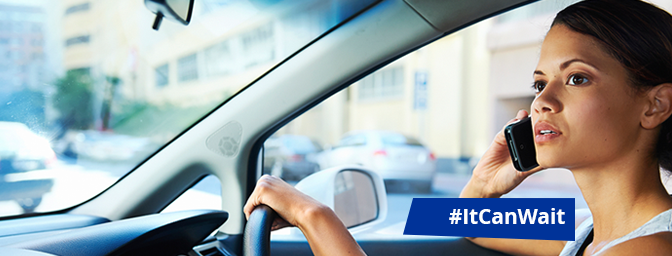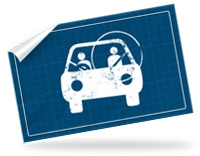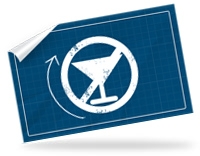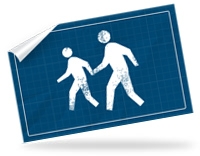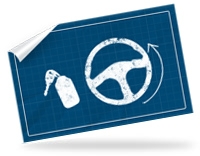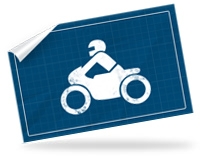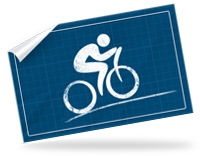In late 2009, a milestone in human history slipped by almost un-noticed. This was when the Cellular Telephones Industries Association (CTIA) observed that, for the first time, cell-phones around the world were exchanging more data than phone-calls. Our cell-phones, which had already vastly outpaced fixed line communications by 2009, had transitioned to being digital information exchange devices ahead of being telephones: they had become the shining tip of the spear of the Information Age. Since then, this change has been reflected in the boon in the ubiquitous “cell-phone app”, mini-applications that help us in innumerable ways. In transport, the rise of the cell-phone in general, and the app in particular, has been invaluable in numerous ways. The verb “to Uber” has entered our vocabulary. Getting around is a breeze with GPS apps from Google and others. In Cape Town you can ask “Where’s My Transport” to help you plan your public transport journey. Unfortunately, linked to the rise of the cell-phone, has been a sharp increase in the rate of traffic crashes involving distracted driving. The US’s National Safety Council estimates 28% of all crashes involve cell-phone use, with the overwhelming majority of those crashes involving text messages. This puts cell-phone use just behind alcohol and speed as the biggest causes of fatal crashes on American roads. In South Africa, we lack good data on the causal links between cell-phone use and our appalling levels of serious and fatal road injury. That gap has been filled to some extent by the extraordinary work being done by Discovery Insure, who have developed an application that tracks driver behaviour, including cell-phone use. Discovery Insure have been able to prove just how closely poor driving safety skills and likelihood of crashing correlates with cell-phone use. They have also been able to demonstrate how incentives, such as fuel rewards and even coffee vouchers can create distinct and lasting shifts in driver behaviour, which is a very significant insight for road safety. In considering how cell-phone-based digital technology is helping to shape the transport environment, it has also been fascinating to observe how keenly our children are identifying the risk inherent in using cell-phones while driving. Recently, via our Safely Home Mxit app, we conducted a survey of road safety perceptions and attitudes amongst our 46,000 members, most of whom are kids from poorer communities aged between 14 and 18. More than 3,200 responded and many more made comments directly in the app’s comments sections. The results were fascinating: for example, more than 50% think less than 250 people are killed each year on Western Cape roads (last year the total was 1,288); paradoxically, 49% knew someone who has been killed on the road. When asked to rank them, the kids also accurately identified the three driver behaviours which cause the most fatalities (alcohol, speed, cell-phones, in that order). Beyond the numbers, however, was another insight: the prevalence of WhatsApp as a cause of driver distraction. We have been looking closely at WhatsApp as the next big thing for social media, but it was these township kids who alerted us to the safety implications for the developing world of a free, platform-agnostic text messaging app with rich media capabilities. The bottom line of the situation is that the concept of multi-tasking is a dangerous myth. While our brains can jump back and forth between tasks, we are simply not wired to do more than one thing at the same time. The multi-tasking myth can provide for amusing workplace badinage, but is deadly serious on the road. As the National Safety Council points out, brain activity in the areas that process moving images decreases by over 33% when we are talking on our phone. This means that we effectively become partially blind when we use our cell-phone while driving. This in turn, leads to collisions which can result in deaths and serious injuries. There is no call, and certainly no text message, so important that it is worth a human life: it can wait.

